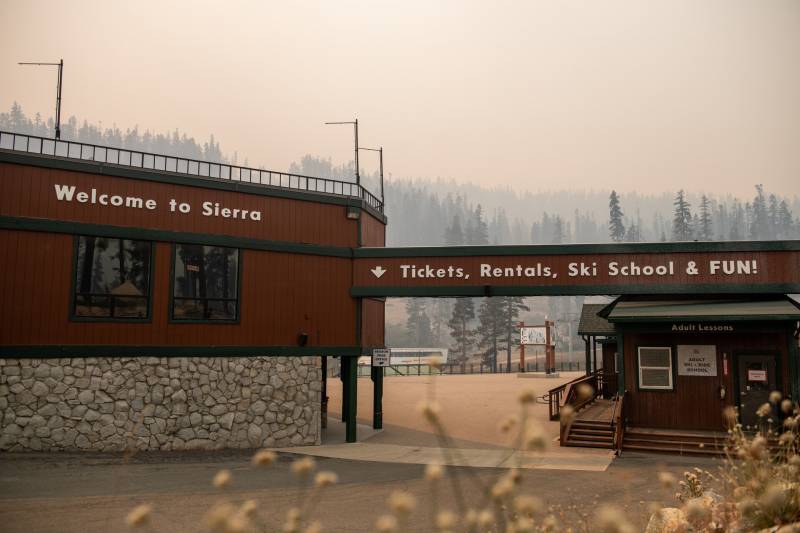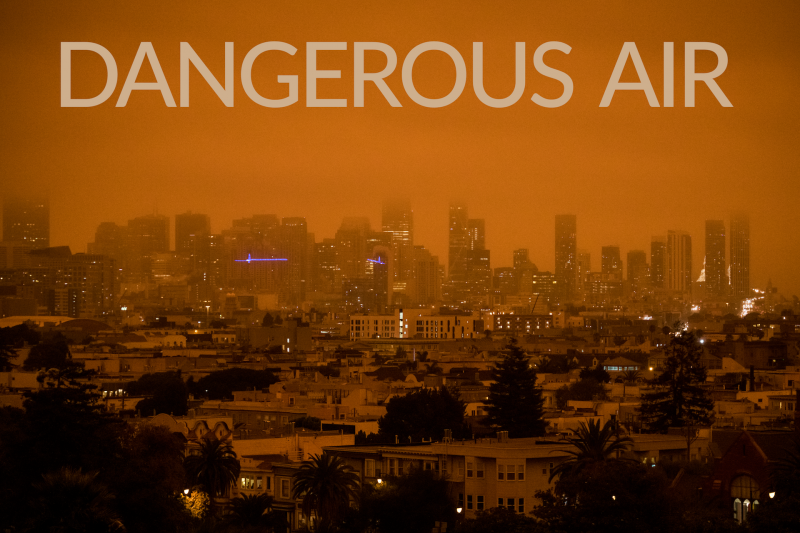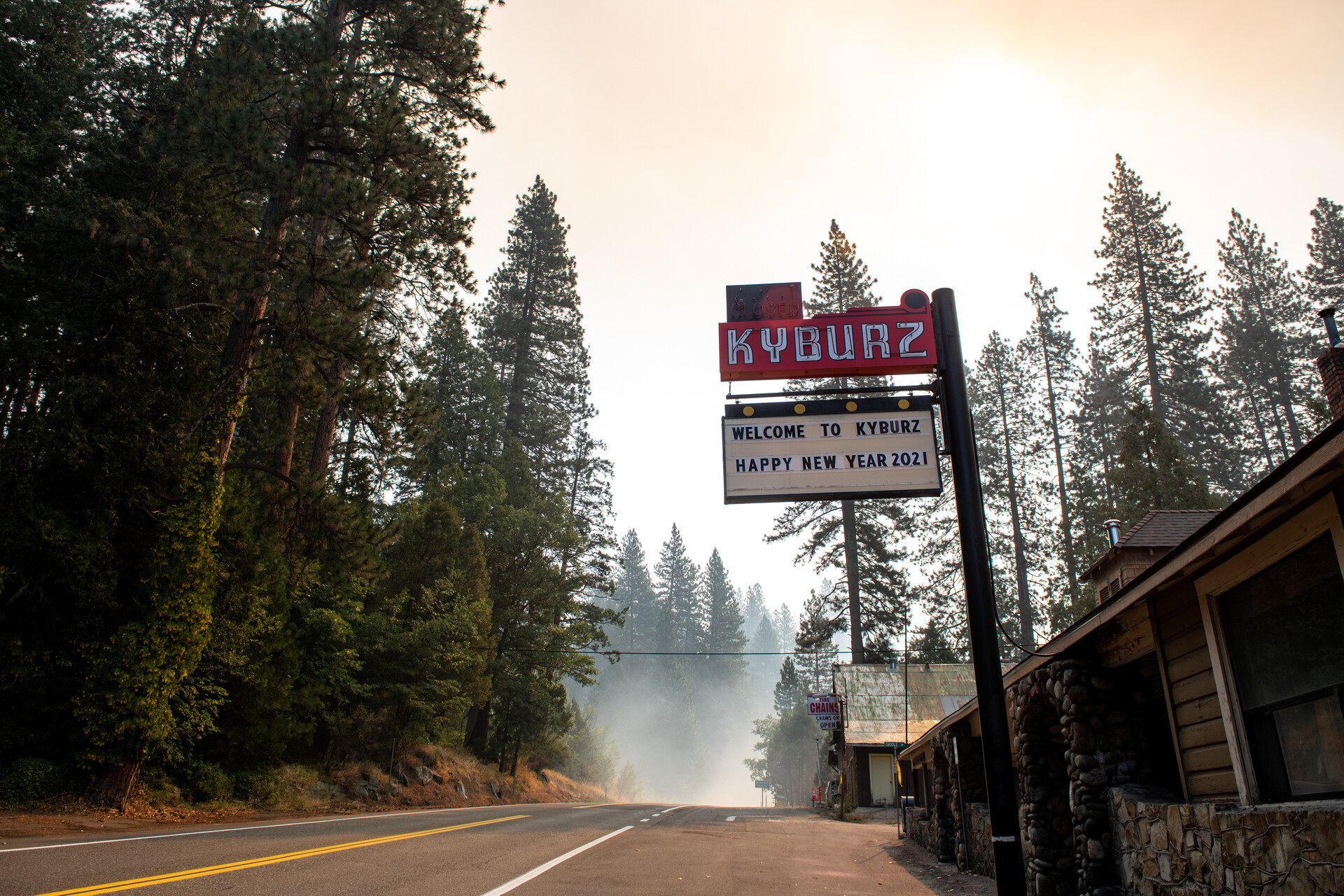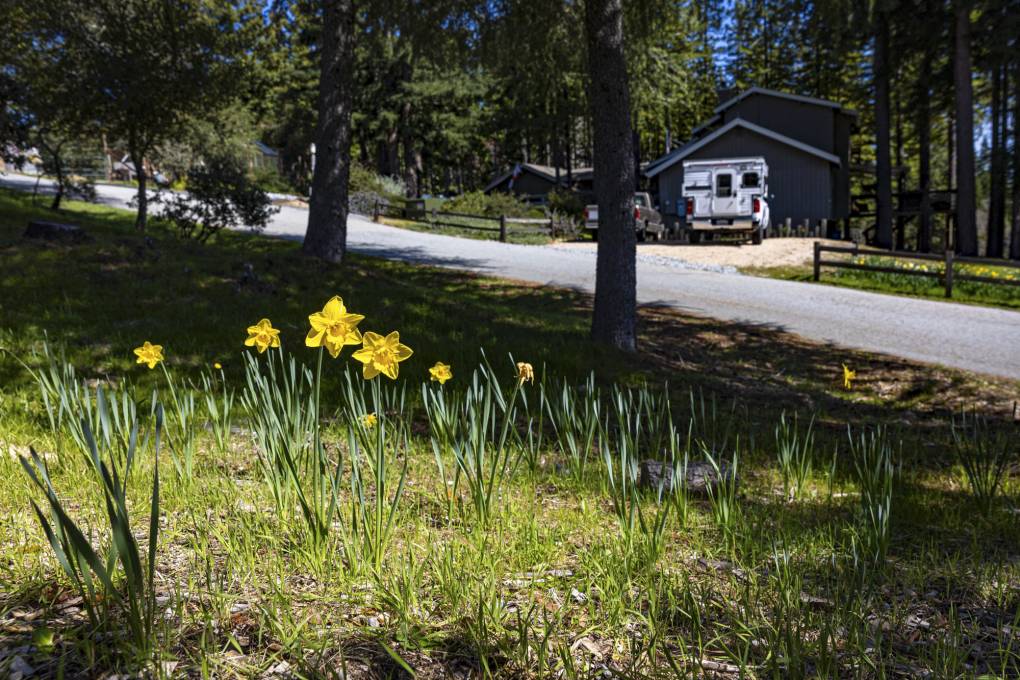Not a single structure burned down in the city of South Lake Tahoe. And yet, the threat of the fast-approaching Caldor Fire cost surrounding El Dorado County tens of millions of dollars, if not more.
In South Lake Tahoe, Domi Chavarria, co-owner of Verde Mexican Rotisserie, felt the devastation of the Caldor Fire even before the city was evacuated in August. Smoke had blanketed the city, and the tourists had mostly left.
When authorities ordered the evacuation of South Lake Tahoe, Verde was stocked with food, almost all of which went bad during the more than two weeks the restaurant ultimately remained closed. Produce wilted; proteins went bad; prepared sauces couldn’t be used.
“All that stuff, none of that’s made to last weeks — it’s all made to last days,” says Chavarria. He estimates the lost inventory was worth between $10,000 and $13,000. None of it was covered by his insurance.
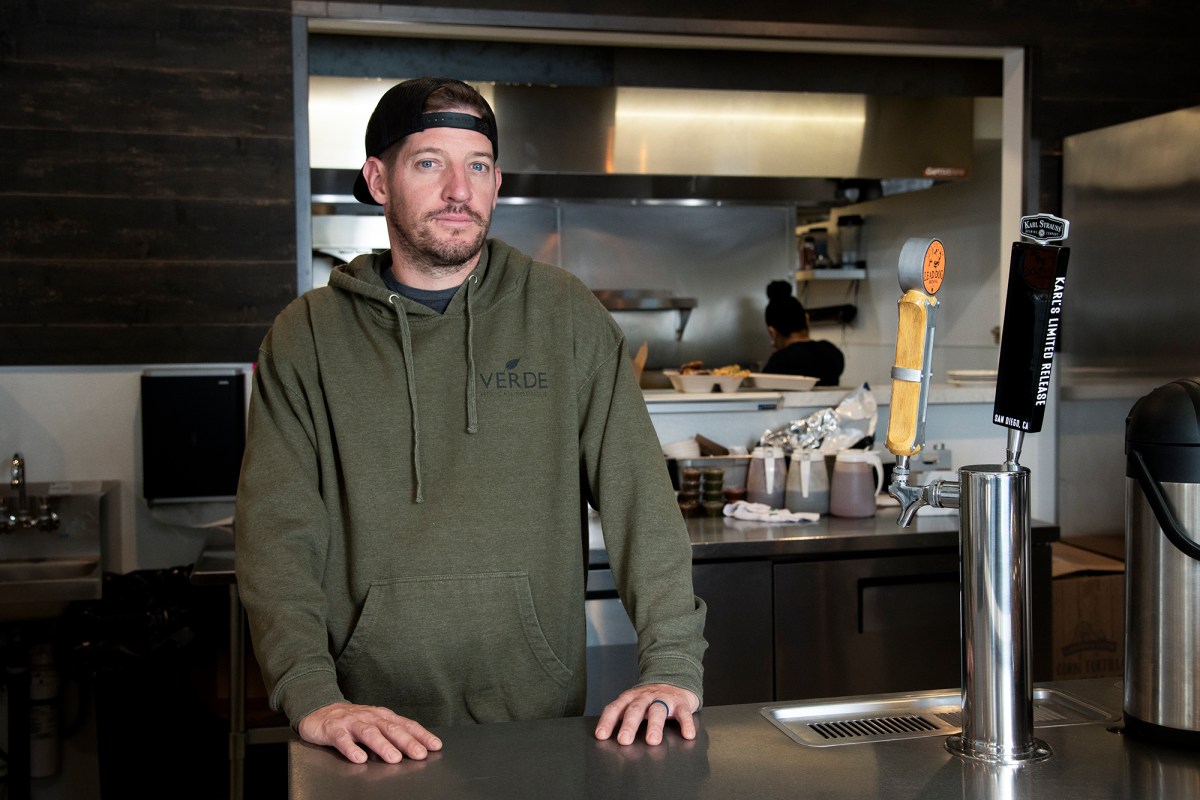
Losses like Chavarria’s add up — to at least $50.3 million in lost economic activity for El Dorado County, according to an initial estimate shared with CalMatters.
Knowing the true cost of wildfires could spur more ambitious action from both government and the private sector, experts say. For instance, tracking the costs systematically over several years could help policymakers figure out which fire prevention and mitigation strategies are most cost effective.
But right now, California has an incomplete understanding of how much wildfires cost the state each year.
The costs of business disruption, the cost of damage to uninsured homes, the cost of ecosystem damage, and the cost of secondary health impacts — such as those caused by wildfire smoke — aren’t being tracked.
We don’t have a comprehensive picture of the economic harm wildfires cause each year, explains Teresa Feo, senior science officer at the California Council on Science and Technology and lead author of a 2020 report from the council on the cost of wildfires in California.
“There isn’t a statewide systematic tracking effort to figure out these costs,” said Feo. She said it took only about a month of digging into the question to realize: “‘Oh no, you can’t come up with a number. This is actually impossible with the existing data.'”
The state does not track or estimate the cost of wildfires in a way that accounts for public health costs or ecological damage on a regular basis, confirmed Heather Williams, communications director for the California Natural Resources Agency.
“Those would always be a moving target since health impacts can occur years later,” Williams wrote in an email.
“But with more research being funded, this may be more feasible to help the state better understand the economic and ecological impacts so we can continue to make science-based informed policy decisions,” he added.
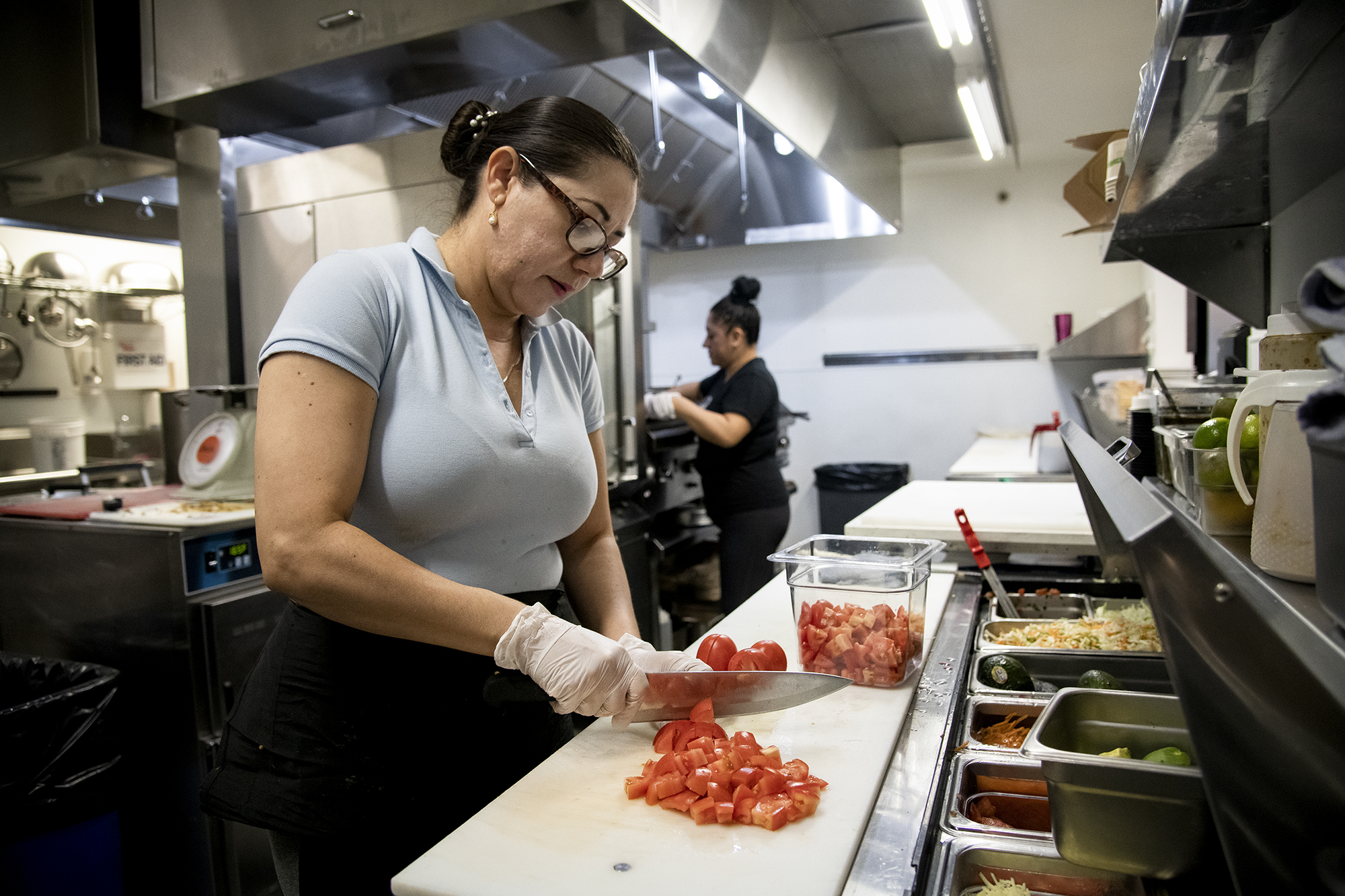
The different costs of wildfires
The initial analysis of the Caldor Fire’s economic impact was prepared by Tom Harris, an economist at the University of Nevada, Reno, for the Tahoe Prosperity Center, an economic development organization for the Lake Tahoe Basin.
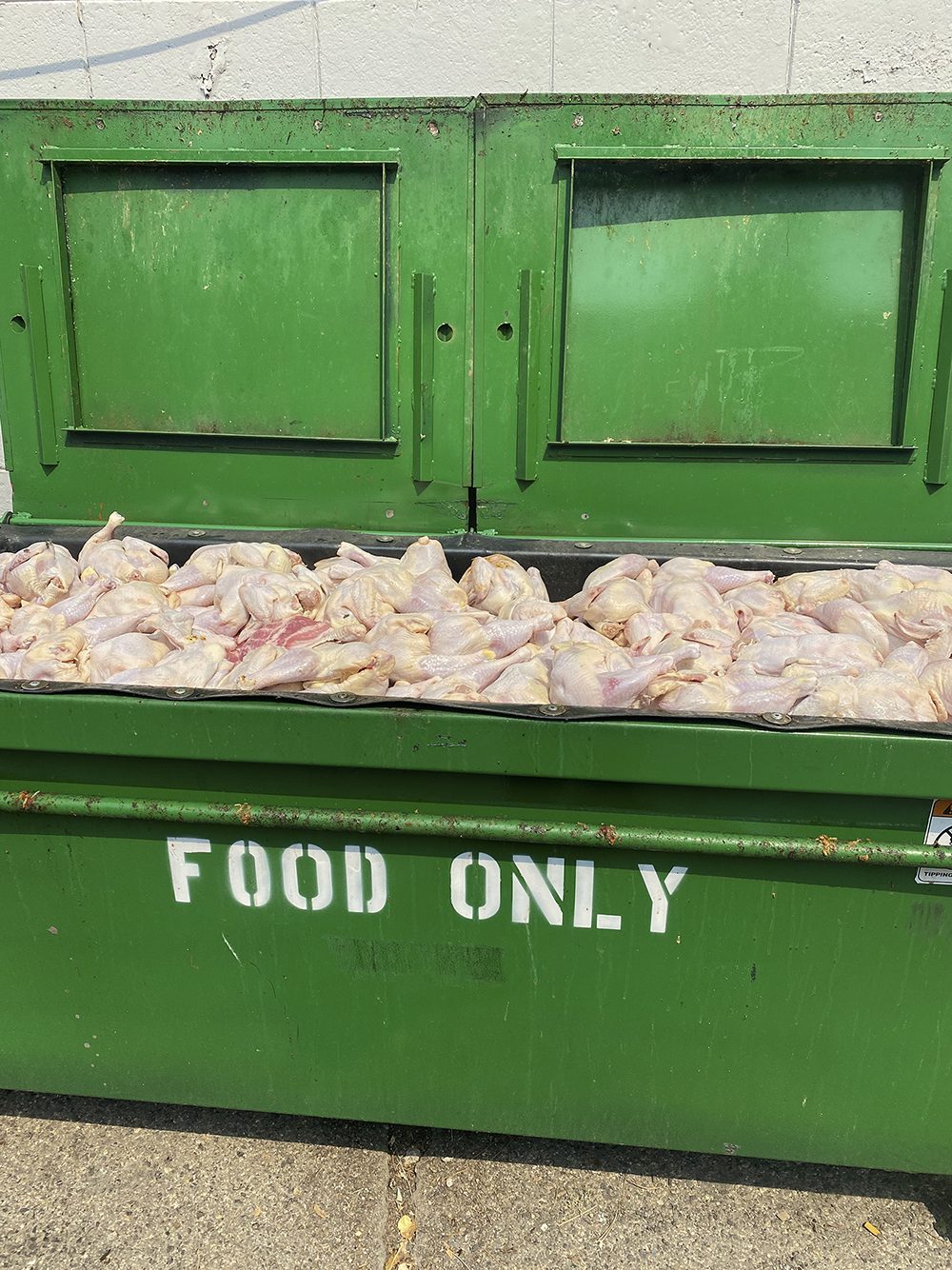
The study estimates the combined losses of El Dorado and Nevada’s Douglas County at $93 million. And, says Harris, that preliminary estimate is low: It doesn’t include the losses in sectors like rental homes or recreation businesses. Nor does it include the lost economic activity caused by residents evacuating, and it doesn’t take into account the health care costs associated with wildfire smoke exposure.
Some costs are more immediate — the cost of Chavarria’s rotted food, for instance, and the fact that the fire took place over Labor Day weekend.
“That’s not a slow weekend in Tahoe,” said Chavarria. Tourism is about 63% of the Tahoe basin’s economy, according to a 2018 report from the Tahoe Prosperity Center.
Between the slowdown in business due to smoke and the evacuation, Verde lost several weeks of revenue. Chavarria says that a month of sales for the restaurant is more than $100,000. Verde’s employees also went without paychecks for the two weeks the restaurant was shut down.
Nicole Smith, co-founder and taproom manager of South Lake Brewing Company, said her business fared better than many, partially because none of the beer went bad. But between the loss of sales in the company’s own taproom and the beer it sells to other local businesses, the brewery lost somewhere between $30,000 and $50,000 of revenue during the evacuation, estimates Smith.
In addition to lost business, some figures are easier to pin down, like the amount Cal Fire spends on fire suppression.
But the state, for example, does not systematically track deaths and health conditions linked to wildfire smoke exposure.
The costs associated with smoke may be the largest costs we’re missing, says Feo.
